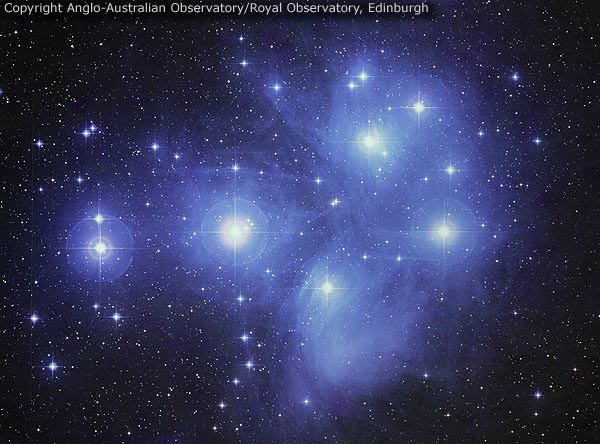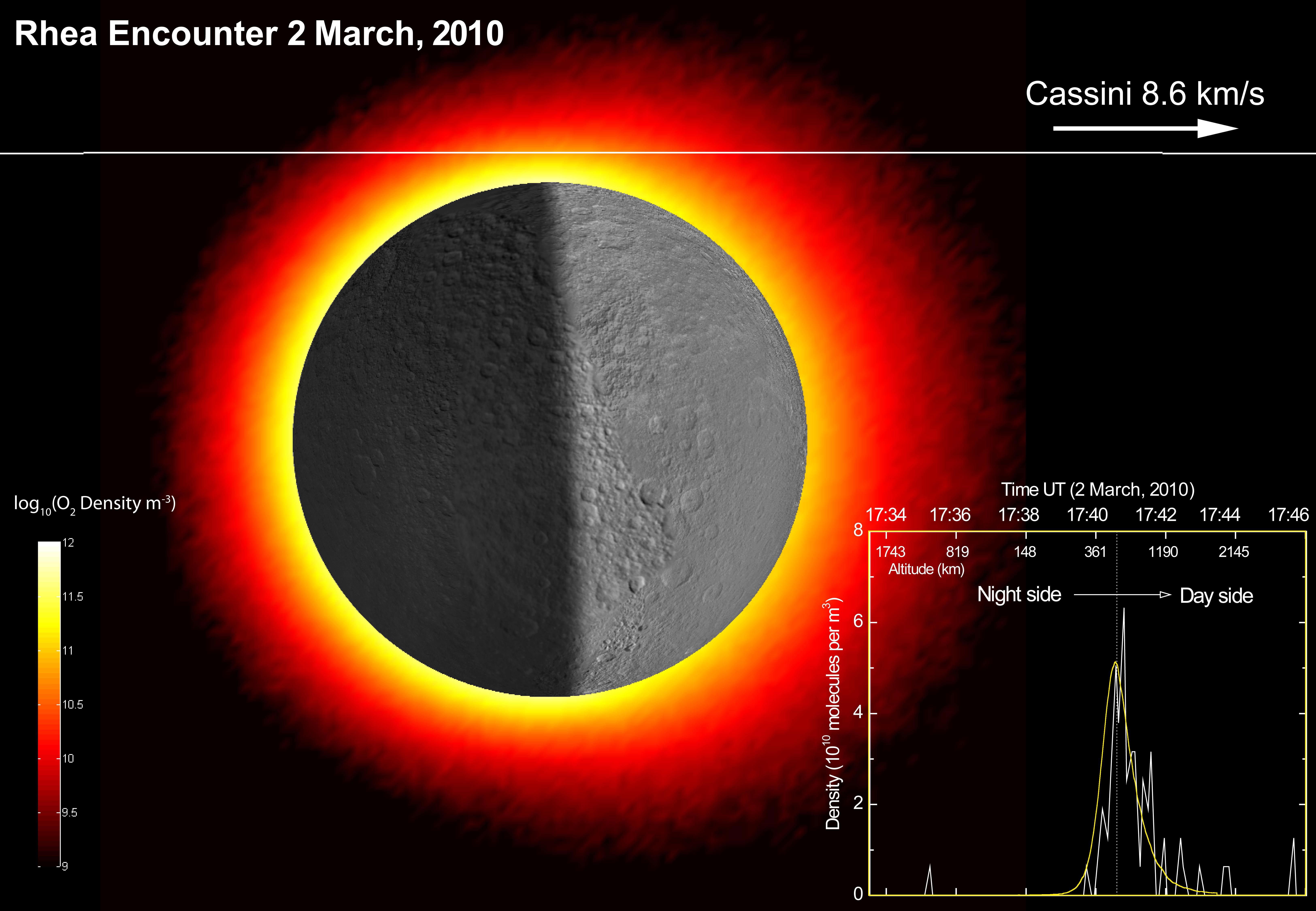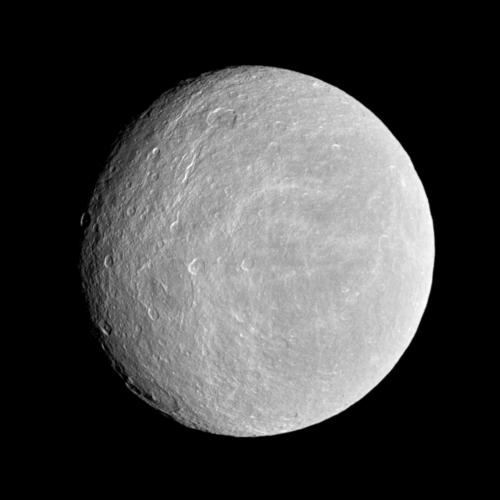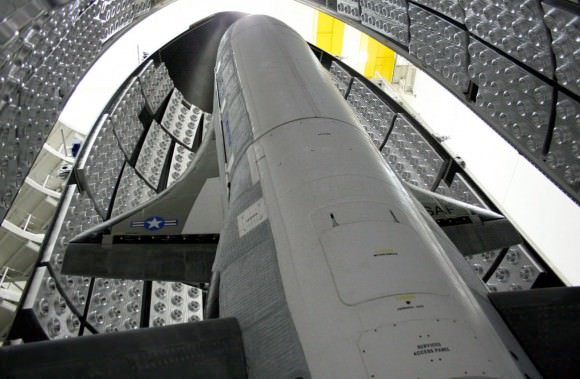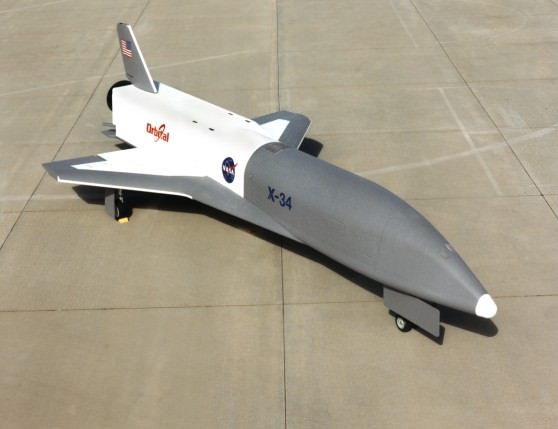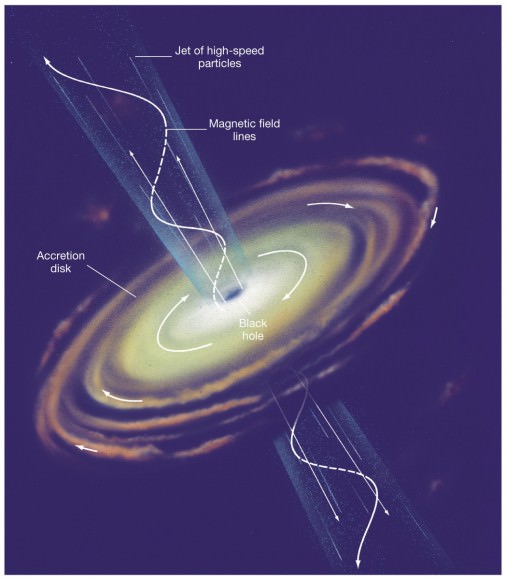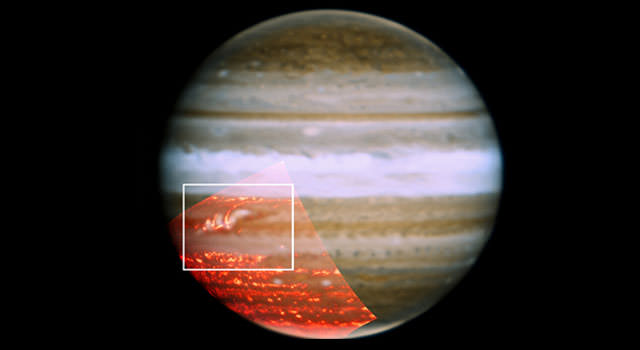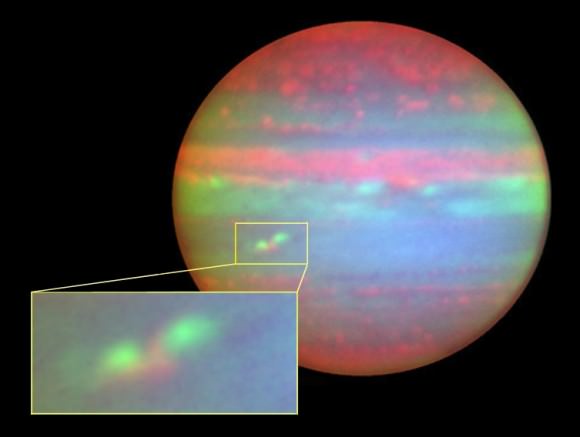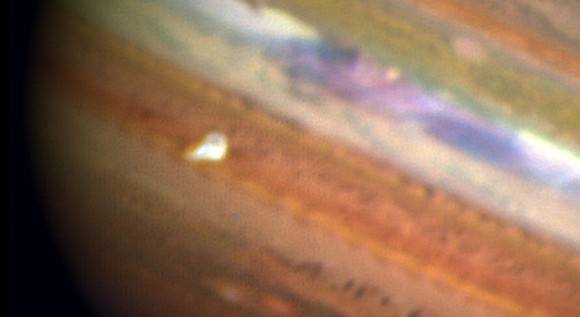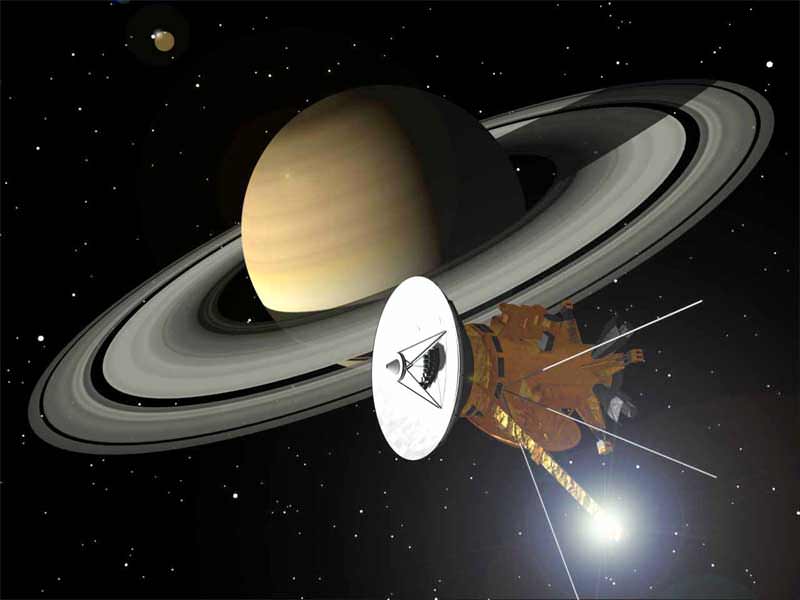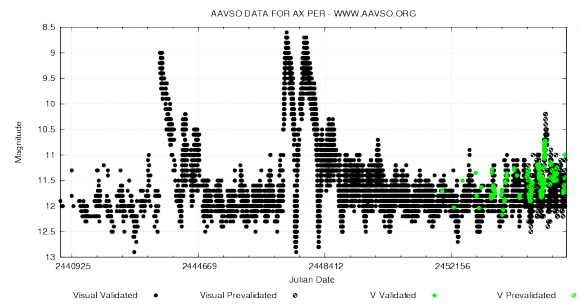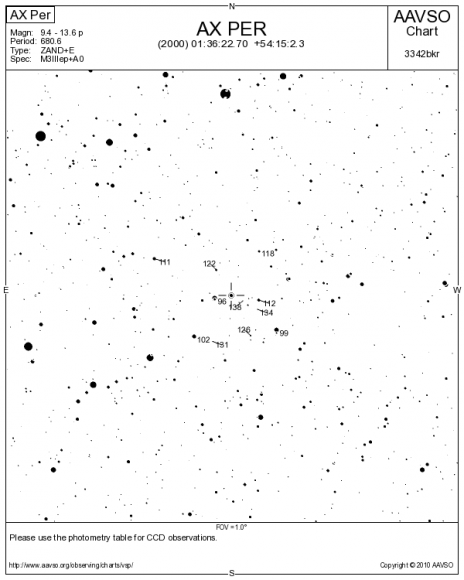[/caption]
One of the consequences of Einsteins theories of relativity is that everything will be affected by gravitational potentials, regardless of their mass. The effect of this is observed in experiments demonstrating the potential for gravity to bend light. But a more subtle realization is that light escaping such a gravitational well must lose energy, and since energy for light is related to wavelength, this will cause the light to increase in wavelength through a process known as gravitational redshifting.
Since the amount of redshift is dependent on just how deeply inside a gravitational well a photon is when it starts its journey, predictions have shown that photons being emitted from the photosphere of a main sequence star should be more redshifted than those coming from puffed out giants. With resolution having reached the threshold to detect this difference, a new paper has attempted to observationally detect this difference between the two.
Historically, gravitational redshifts have been detected on even more dense objects such as white dwarfs. By examining the average amount of redshifts for white dwarfs against main sequence stars in clusters such as the Hyades and Pleiades, teams have reported finding gravitational redshifts on the order of 30-40 km/s (NOTE: the redshift is expressed in units as if it were a recessional Doppler velocity, although it’s not. It’s just expressed this way for convenience). Even larger observations have been made for neutron stars.
For stars like the Sun, the expected amount of redshift (if the photon were to escape to infinity) is small, a mere 0.636 km/s. But because Earth also lies in the Sun’s gravitational well the amount of redshift if the photon were to escape from the distance of our orbit would only be 0.633 km/s leaving a distance of only ~0.003 km/s, a change swamped by other sources.
Thus, if astronomers wish to study the effects of gravitational redshift on stars of more normal density, other sources will be required. Thus, the team behind the new paper, led by Luca Pasquini from the European Southern Observatory, compared the shift among stars of the middling density of main sequence stars against that of giants. To eliminate effects of varying Doppler velocities, the team chose to study clusters, which have consistent velocities as a whole, but random internal velocities of individual stars. To negate the latter of these, they averaged the results of numerous stars of each type.
The team expected to find a discrepancy of ~0.6 km/s, yet when their results were processed, no such difference was detected. The two populations both showed the recessional velocity of the cluster, centered on 33.75 km/s. So where was the predicted shift?
To explain this, the team turned to models of stars and determined that main sequence stars had a mechanism which could potentially offset the redshift with a blueshift. Namely, convection in the atmosphere of the stars would blueshift material. The team states that low mass stars made up the bulk of the survey due to their number and such stars are thought to undergo greater amounts of convection than most other types of stars. Yet, it is still somewhat suspect that this offset could so precisely counter the gravitational redshift.
Ultimately, the team concludes that, regardless of the effect, the oddities observed here point to a limitation in the methodology. Trying to tease out such small effects with such a diverse population of stars may simply not work. As such, they recommend future investigations target only specific sub-classes for comparison in order to limit such effects.

